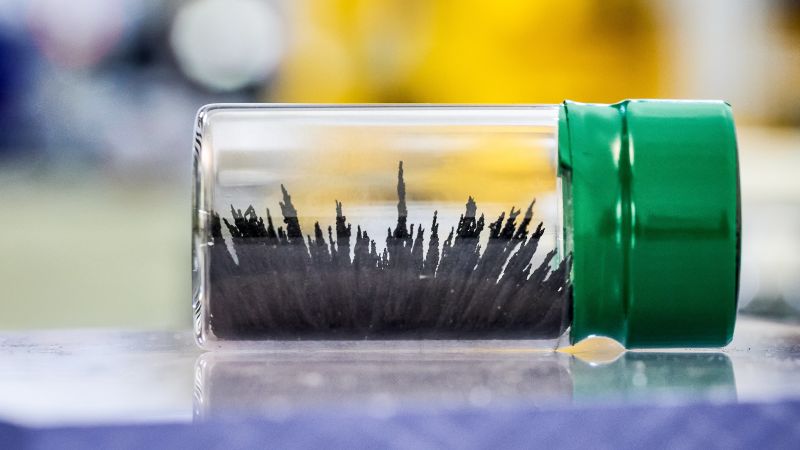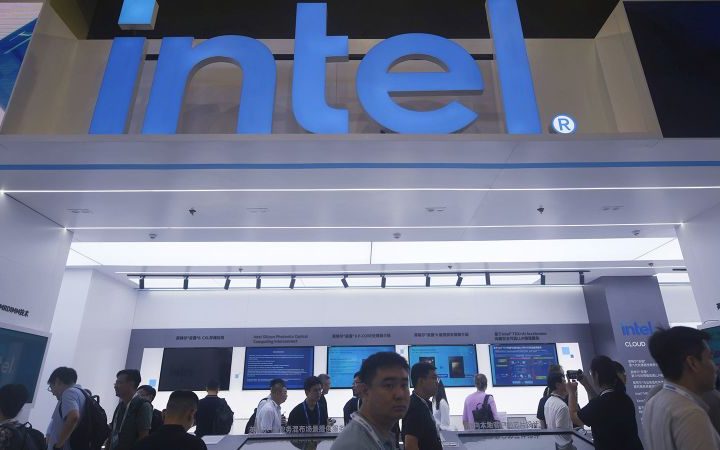General Motors has entered into a partnership with a small Wisconsin start-up, Niron Magnetics, to develop electric motor magnets that can be made without rare elements that are mostly sourced from China today.
In electric vehicle motors, rapidly shifting magnetic fields spin a rotor made with magnets that contain “rare Earth minerals” such as terbium and dysprosium.
China accounts for a large percentage of the world’s rare Earth minerals supply, according to the United States Geological Survey. And among those minerals used for EV motor magnets, China is responsible for about 90%, according to Niron.
Niron Magnetics, currently a 60-person company headquartered in Minnesota, claims to have patented methods to make high-performance magnets using only iron and nitrogen, both readily accessible elements that will not require importation.
Besides geopolitical concerns surrounding importing minerals from China, a nation with which the US currently has a tense relationship, using more common and accessible elements will also significantly reduce environmental impacts of mining and processing, according to Niron chief executive Jonathan Rowntree. The technology could also make EV motors less expensive, he said, but declined to say by what percentage.
“Our teams will co-develop iron nitride motor magnet technology, which we will plan to use in future GM EVs,” said Kai Daniels, supervising principal of GM Ventures, GM’s venture capital arm.
Niron also identified Stellantis Ventures and Volvo Car Tech Fund as investors. Stellantis is the parent company of Chrysler, Dodge, Jeep and Fiat, among other auto brands.
While GM and Niron would not say how much GM, specifically, invested in the company, the total amount invested, including by others such as the Shakopee Mdewakanton Sioux Community and the University of Minnesota, was $33 million, according to Niron.
Niron’s magnet technology can also be used in other applications such as consumer electronics, which is probably where they will first appear commercially, said Rowntree. The magnets can also be used in various other automotive parts including fuel pumps and air circulation units, the company said.
GM’s investment is part of a strategy to build a domestic supply base for electric vehicles, Daniels said. GM has said it intends to sell only electric passenger vehicles in the US by 2035 and that commitment has not changed, she said.
Daniels would not say when GM expects to begin manufacturing EV motors using the new magnet technology.
Read the full article here







